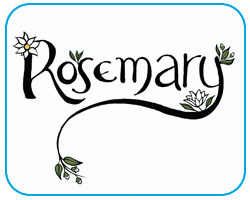
| Spring 2009 Prototype | Adventure | Windows |
|
When Rosemary discovers a photograph of a forgotten friend, she is driven back to her old haunts to piece back together her memories and unravel what happened to him. She finds herself questioning her memories of the people and places she interacted with in her childhood. Rosemary is a point-and-click adventure game with a twist: the player has to explore and arrange the memories of the character in order to solve the mystery of the game. We chose how memory works as our new mechanic to bring to adventure games, without falling into the trite premise of the player character being amnesiac. This game is an attempt to innovate in a genre whose evolution has petered out, but from which we can learn valuable lessons applicable to other genres with storytelling aspirations. There are many ways in which memories can be triggered: a smell, a song or a familiar face can trigger off memories. In our game, the player has to see the world as Rosemary remembers it, compare it to what it looks like in the present, and find what objects or people may help her remember information. The player has to interact with her memories, represented in a photo album. The mechanics of this part of the game are inspired by the memory palaces, as described by Quintillian. Memory palaces helped rhetoricians remember their speeches - they would place objects related to each passage within an imaginary palace, and by traversing their mind palace, they remembered what they had to say. We've taken arranging and putting things into place as the basic mechanic of recollection. Her memories are represented by photos, which reveal more information when placed in their corresponding slot, changing how Rosemary remembers her old town. Remembering is thus the key to solve the mystery of what happened to her friend. The verb list of the game is also somewhat unusual - we decided to expand the list of standard verbs as in the tradition of older games. The player can smell and listen, as they are senses that are traditionally likely to trigger memories. In the end, Rosemary is an exercise in nostalgia, since it's inspired by the feelings of going back to one's hometown, and reviving events that one may have forgotten. |
  
|
||||||||||||||||||
|
Requirements
Screenshots
Posters
Videos
Developers
Related Publications
Blog Posts
Press Mentions
|
|||||||||||||||||||












